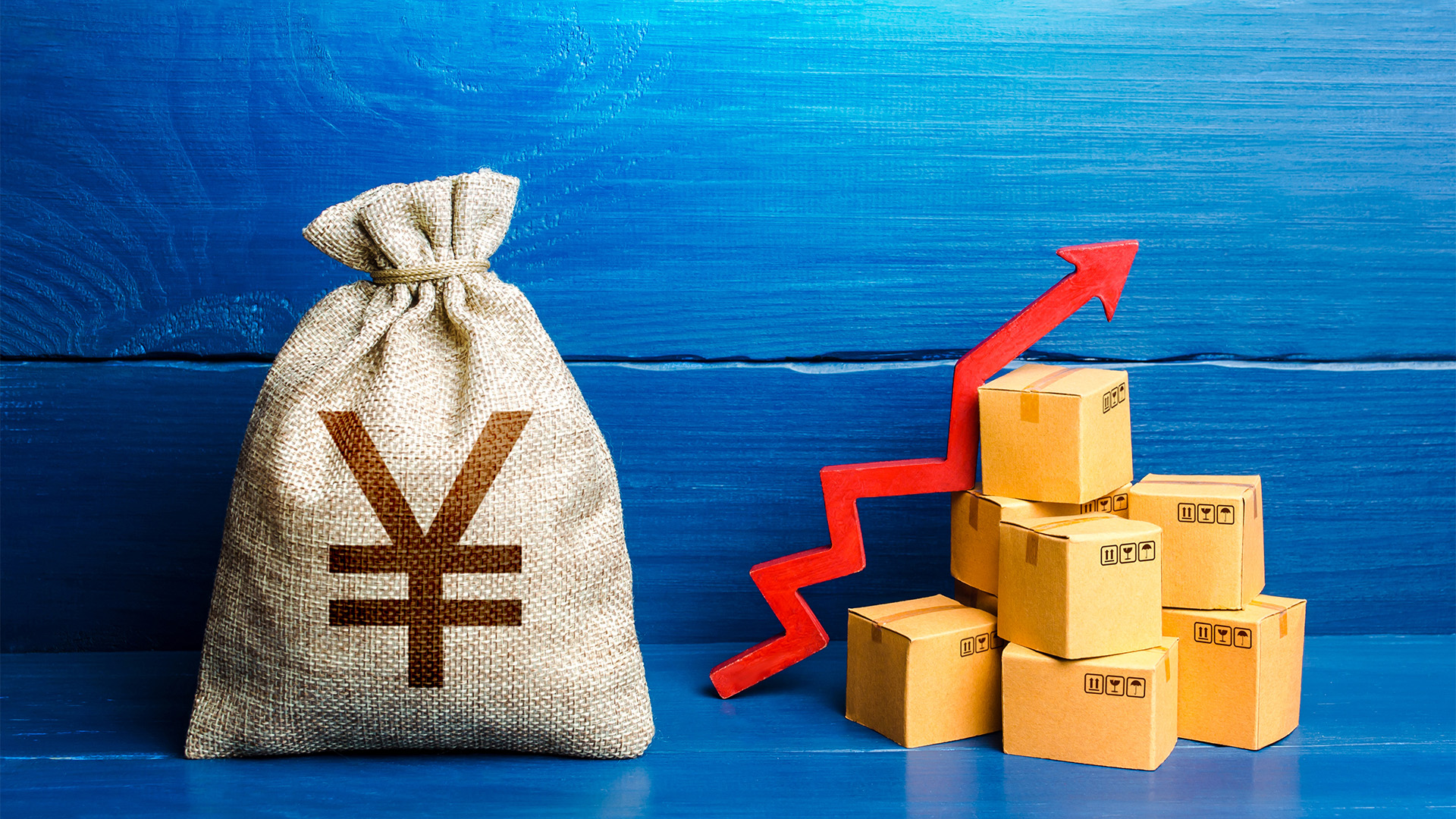China’s trade performance weakened dramatically in August with growth in imports and exports slowing more sharply than forecast, catching the markets by surprise.
Exports rose 7.1% over a year ago to $US314.9 billion, China’s Customs Administration data showed on Wednesday.. That was down sharply from the 18% rate in July.
Imports rose 0.3% to $US235.5 billion, down from the previous month’s already weak 2.3% growth, a sign of the slowdown in domestic activity and demand in the country’s huge manufacturing sector.
The market had forecast a very weak 1.1% growth for imports and the actual reading fell far short of that.
Judging by the way the yuan has weakened this year – down more than 9% since mid-March – it appears that imports fell in real terms and exports struggled as well.
Demand for Chinese exports has softened as European economies cool under the pressure of the energy crisis and the Federal Reserve and central banks in Europe and Asia raise interest rates to contain surging inflation.
At home, repeated closures of Chinese cities to fight virus outbreaks continues to weigh on consumers’ willingness to spend.
“The slowdown in China’s export sector is adding to headwinds for the Chinese economy,” said Rajiv Biswas of S&P Global Market Intelligence in a report.
“Lack of import growth highlights “continued weakness of Chinese domestic demand.”
Imports of copper rose because of the slide in world prices while coal imports hit their highest level this year because of the continuing drought in the southwest and the heatwave across much of the country boosted demand for electricity from coal fired power stations.
Iron ore imports rose, even though there are continued reports of weak demand, especially from the housing and construction sectors.
From the all-time high figure of $US101.26 billion, August’s trade surplus fell more than 20% to a still high, but weak looking $US79.39 billion. That was well under forecasts around $US92.7 billion but up on the $US59.13 billion in August, 2021.
The 0.3% was the weakest growth since the flat result in April and the 0.3% fall in Covid hit March.
China-Russia trade jumped 31.4% as more coal and oil was traded at discount prices.
Exports to the United States sank 3.8% from a year ago to $US49.8 billion while imports of American goods fell 7.3% to $US13 billion.
The politically sensitive trade surplus with the United States that helped to spark a tariff war under Donald Trump shrank 2.4% to $US36.7 billion last month.
…………
Looking at the performance of major commodity imports, China’s imports of iron ore fell 1.3% from a year earlier to a still very high 96.21 million tonnes In August.
While down from 97.46 million in August of last year, the total was up around 6% from July’s 91.24 million tonnes.
That took total imports for the first 8 months of the year to just over 733 million tonnes, down from 746 million tonnes in the first 8 months of 2021.
The 1.7% fall in 2022 is much smaller than the 3.7% drop in the seven months to July and belies the constant complaints from Chinese steel companies and government about the oversupply of ore and weak demand for steel products such as rebar.
Perhaps the still strong demand for iron ore has more to do with the sinking world prices which dipped under $US100 a tonne a (for 62% Fe fines delivered to northern China) couple of times in August and continues at just under the $US100 level in early September.
…………
The slide in copper prices in July and early August saw China lift the pace of imports last month, importing 26% more copper in August than a year earlier, the trade data showed.
Unwrought copper and copper product imports into China – including anode, refined, alloy and semi-finished copper products – totalled 498,188 tonnes in August. That compared with the year-earlier volume of 394,01 tonnes, which was a two-year low.
August’s copper imports were up 7.4% from the July’s 463,693 tonnes.
Imports of unwrought copper and copper products in the first eight months totalled 3.90 million tonnes, up 8.1% from the same period last year.
…………
China’s crude oil imports in August fell 9.4% from a year earlier even though world prices fell sharply in the month.
A series of local factors rather than demand hit purchases. Reuters reported that outages at state-run refineries and lower operations at independent plants caused by low profit margins capped import demand.
As well Covid movement restrictions again hit demand for petrol, diesel and jet fuel in some parts of the country.
China imported 40.35 million tonnes of crude oil last month, equivalent to about 9.5 million barrels a day. That compared to 8.79 million barrels a day in July and 10.49 million barrels a day in August 2021.
Imports for the first eight months totalled 330.18 million tonnes, or about 9.92 million barrels a day, down 4.7% from the same period in 2021 because of the on off on Covid restrictions since April in many parts of the country.
China imported 8.5 million tonnes of gas in pipeline and LNG form in the month. That saw imports for the 8 months to August drop more than 10% to just over 71 million tonnes. That fall has come despite the record demand for power in the long heatwave and the need to build stocks ahead of the coming autumn and winter heating seasons.
Analysts say the record prices for LNG in Asia has deterred China while it has been buying thermal coal from Indonesia and Russia at huge discounts to the market price of more than $US400 a tonne for coal from Australia.
…………
The huge discounts for Indonesian and Russian thermal coal saw coal imports hit a 2022 high in August. Indonesian prices are around $US80 a tonne and Russian thermal coal is being sold for around $US150 a tonne, according to trade sources in Asia.
China boosted imports last month to 29.46 million tonnes, up from 23.52 million tonnes in July.
August imports were also higher than the 28.05 million tonnes of a year earlier.
But China’s imports in the first eight months were still down 14.9% from a year ago, to 167.98 million tonnes, as it cranked up domestic output.
A government-imposed cap on domestic thermal coal prices is encouraging utilities to source supplies from Chinese mines but the boost to imports shows the Chinese coal industry can’t supply enough coal, especially to the eastern coastal power stations which used to use a lot of thermal coal from Australia, now banned.













